The Mandalorians have made a point to try and keep themselves separate from any of the major factions in the Star Wars franchise, yet one way or another the warrior race always seems to find themselves forced to pick a side in the endless war between the Jedi and the Sith. In both Star Wars Legends and the Disney Canon, Mandalorians have found themselves fighting for both the Dark Lords of the Sith and the Jedi Knights at various points in galactic history. However, the hubris of one key Mandalorian figure in Star Wars Legends cost the Mandalorians into serving the Sith Lords for centuries.
This was seen within the events of the Dark Horse comics’ four-issue miniseries; Star Wars: Tales of the Jedi – The Sith War (by Kevin J. Anderson, Dario Carrasco, Jr., and Jordi Ensign), which took place in the early years of the Old Republic era wherein the two fallen Jedi Knights; Exar Kun and Ulic Qel-Droma began their bid for galactic conquest. The conquests of the two Fallen Jedi would gain the attention of the Warlord Mandalore the Indomitable, leader of the Mandalorian Clans. He wished to test himself against a worthy opponent by attacking Ulic Qel-Droma’s fief planet to determine who was the better military power.
Mandalore’s Ego Condemned His People

After crippling the military defenses of Ulic Qel-Droma’s dominion, the Fallen Jedi contacted Mandalore the Indomitable and used the Mandalorian codes of honor to convince the Warlord to decide the fate of the planetary conflict with a duel between Mandalore and Ulic. The loser would then swear loyalty to the victor. Believing that this challenge was an all but ensured his victory, Mandalore accepted the duel, letting Ulic fight with his lightsaber while Mandalore used a Basilisk War Droid. Despite Mandalore’s clear weaponry advantage, both he and the Mandalorian spectators were blind-sighted when Ulic Qel-Droma dominated the leader of the Mandalorian Clans after a lengthy duel.
Thus, Mandalore the Indomitable made the entire Mandalorian race Ulic Qel-Droma’s personal army to be used to invade the Galactic Republic’s capital planet of Coruscant. This is until Mandalore was killed by a pack of wild beasts on the moon of Dxun while on a special assignment for the Sith Brotherhood in Star Wars: Tales of the Jedi – The Sith War #4. Though Mandalore the Indomitable’s death allowed the Mandalorians to briefly escape from under the thumb of the Sith, the failings of their former leader meant they were forever damned. The Mandalorian Clans would continually find themselves allied to the Sith as they were now considered the enemy of both the Galactic Republic and the Jedi Order.
Star Wars’ Mandalorians Have a History Of Sith Alliances

The previous alliance between the Mandalorians and the Sith made it very easy for the Emperor of the Sith Empire; Darth Vitiate to eventually convince Mandalore the Indomitable’s successor; Mandalore the Ultimate to go to war against the Republic on the Sith’s behalf during the Mandalorian Wars. Nearly three hundred years later, the Sith Empire sponsored the rise to power of another Mandalorian leader known as Mandalore the Lesser, who would once again pledge the Mandalorian Clans to fight for the Sith Empire. This led to the events of another fan-favorite Star Wars video game; Star Wars the Old Republic.
It was not until the events of the 2005 Star Wars Visionaries comic storyline titled ‘Prototypes’ that a plot to engineer a war between the Sith Order and the Mandalorians succeeded, breaking the generational alliance between the two factions. But regardless of this, the Mandalorian group known as Death Watch unknowingly found themselves allying with the Sith again during the 2008 Star Wars the Clone Wars television series, working alongside iconic Sith Lords such as Count Dooku. It is only through the Disney Plus series The Mandalorian that may have finally broken the historical curse of Mandalorians swearing loyalty to the Sith. Din Djarin’s relationship with the Jedi Youngling Grogu places him firmly on the side of Jedi supporters.
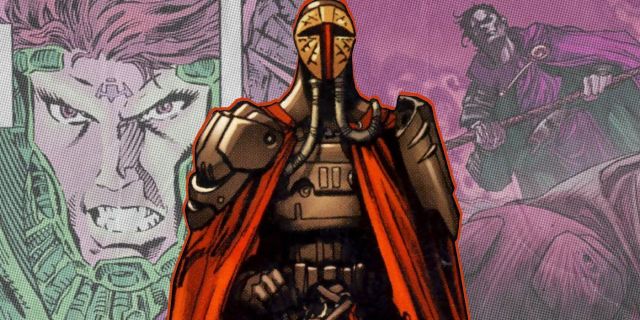
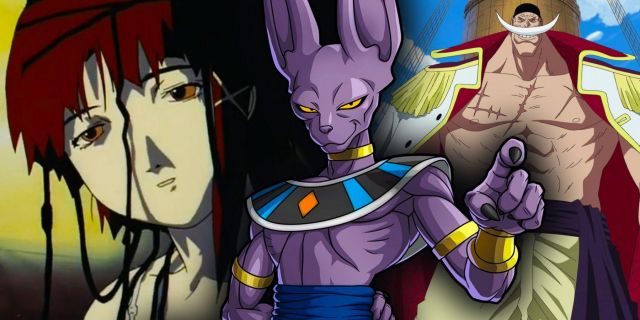


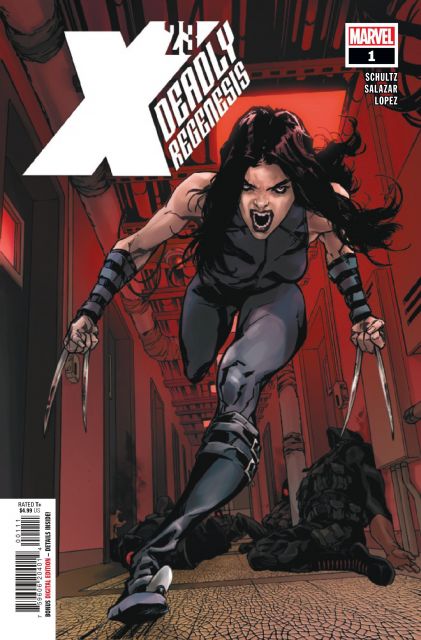
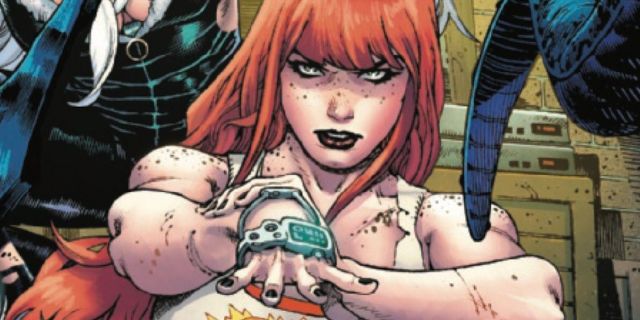
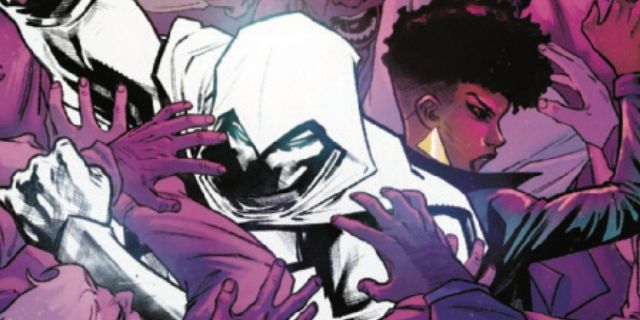


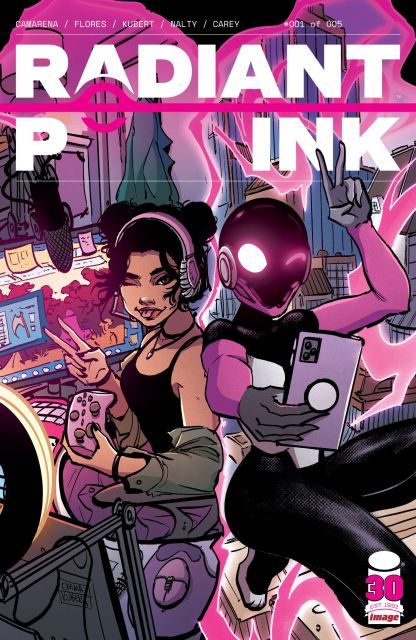





Leave a Reply